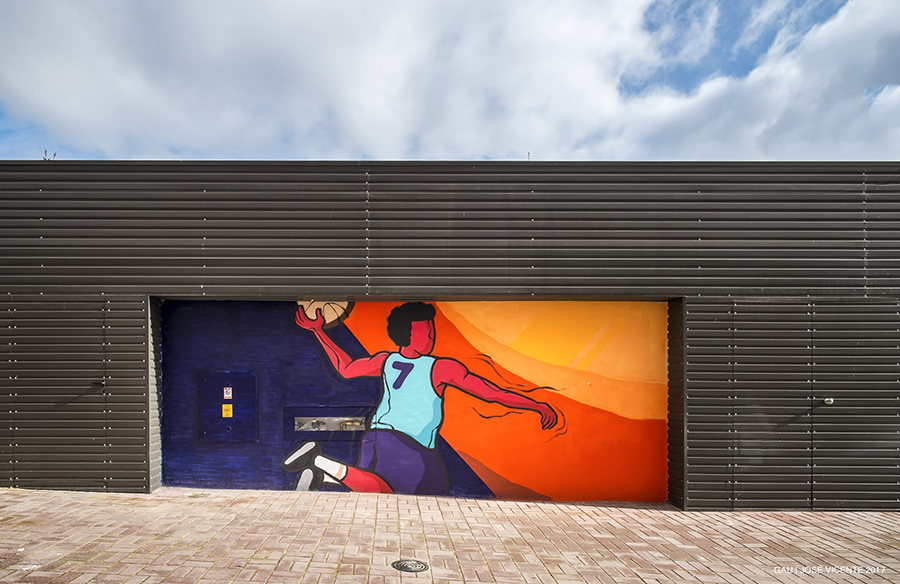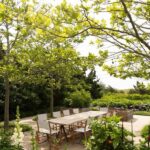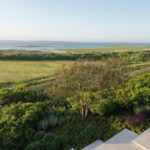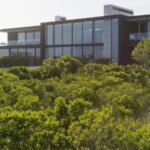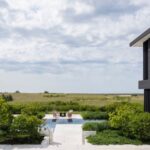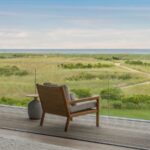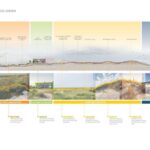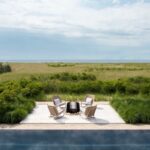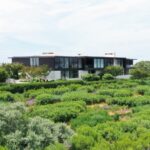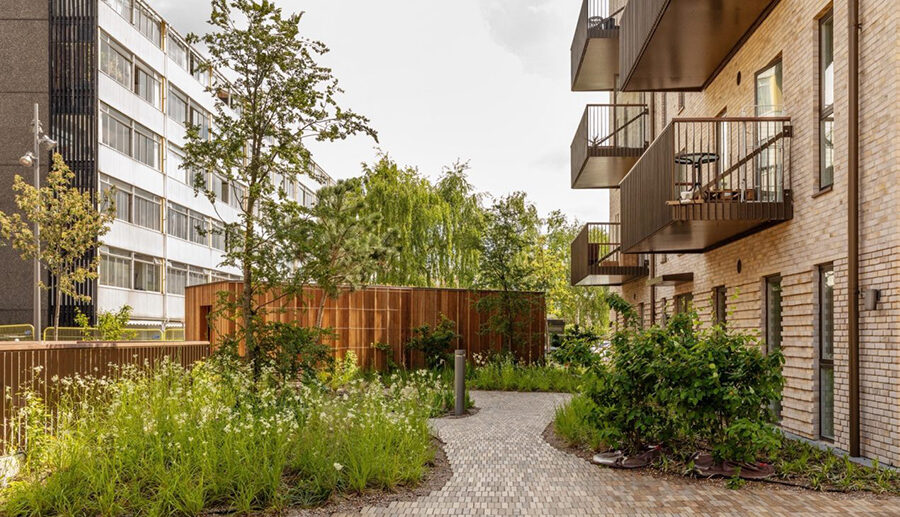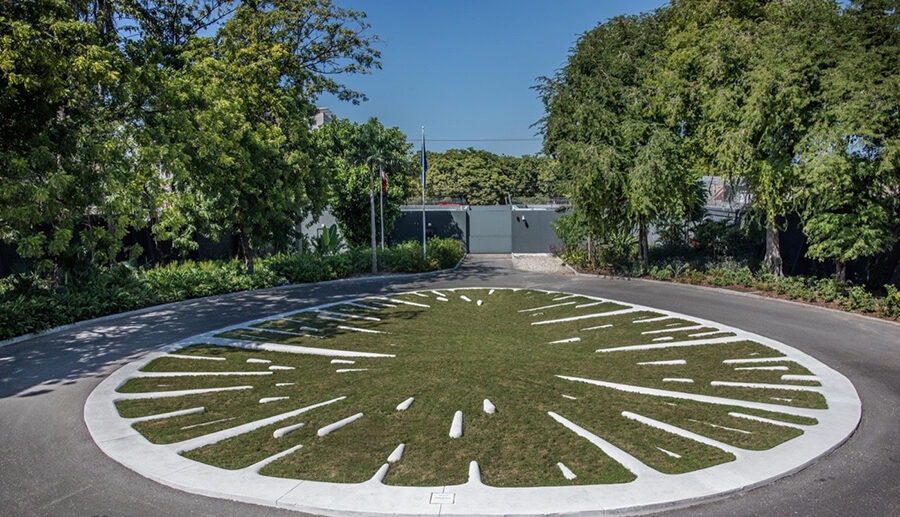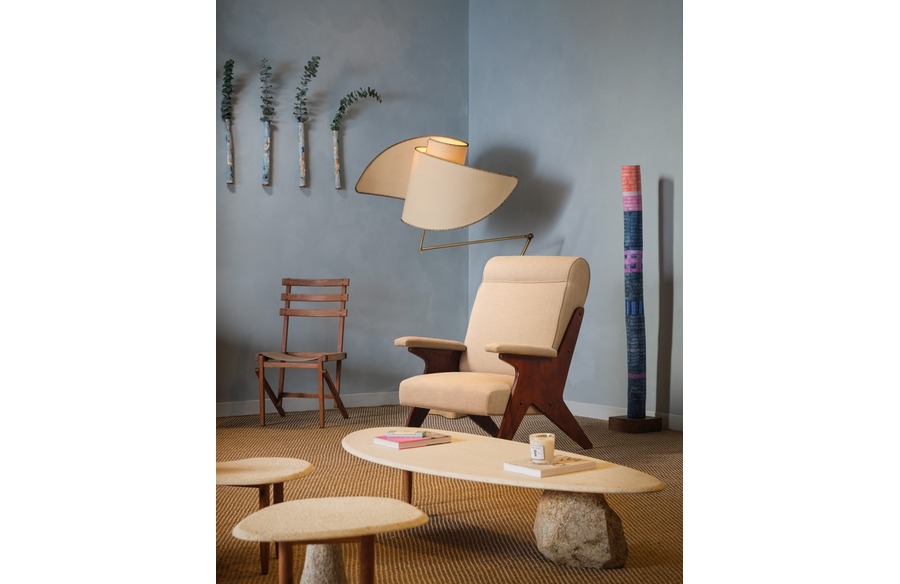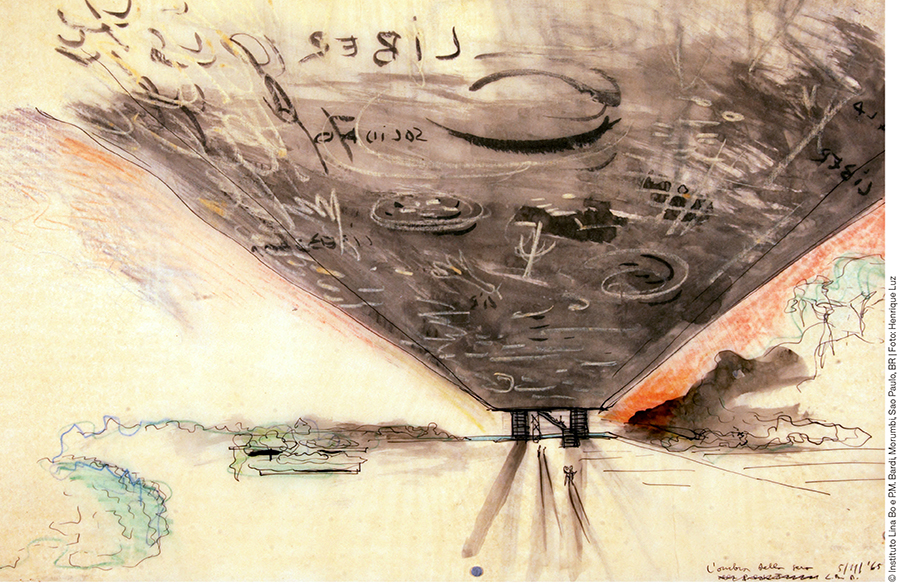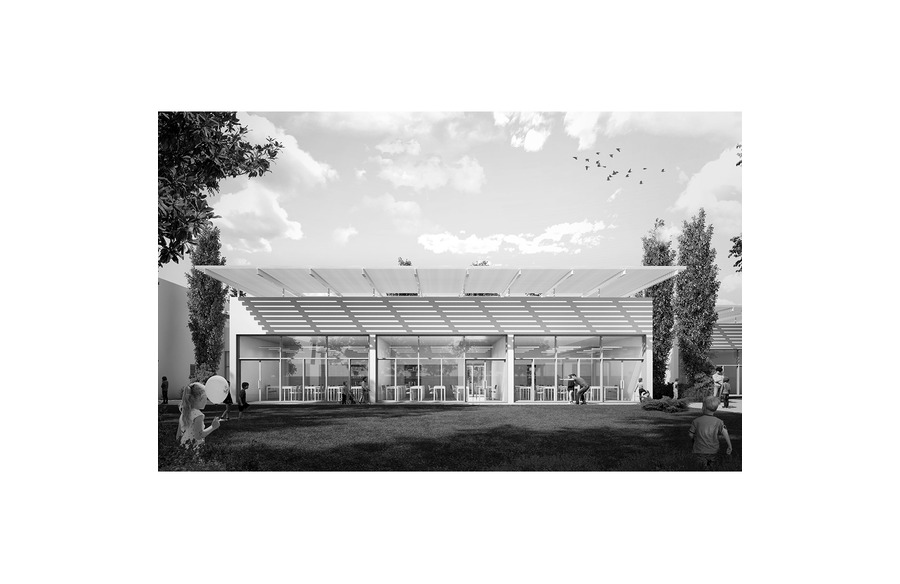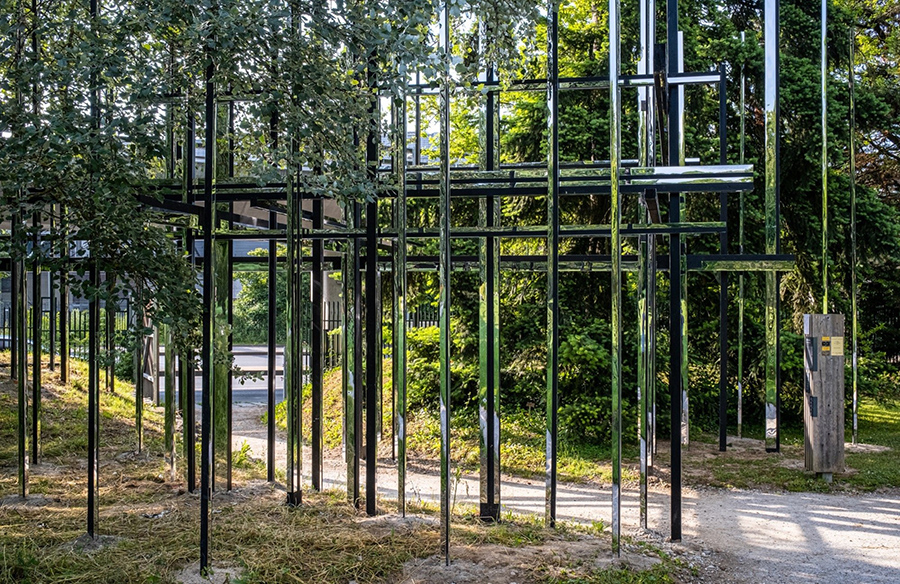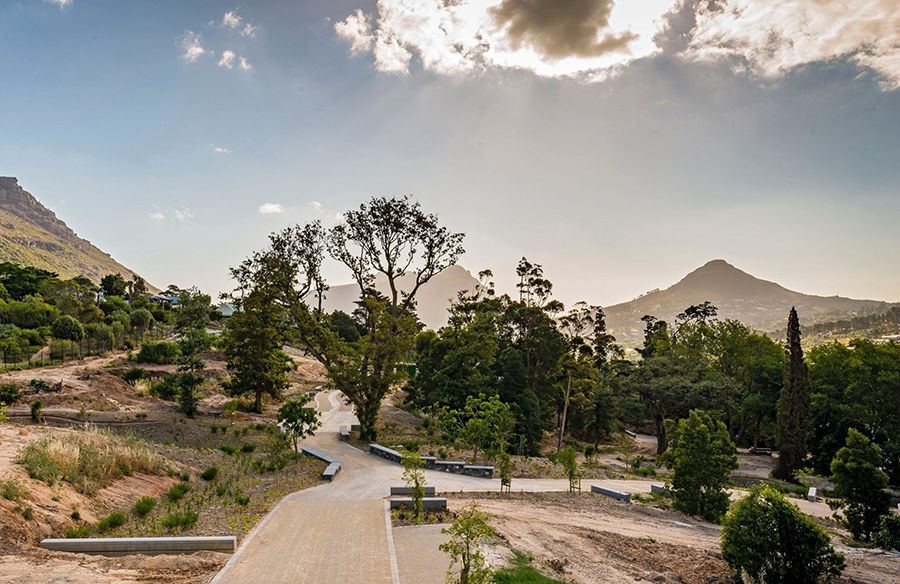Restoring Coastal Landscapes Dune Meadow
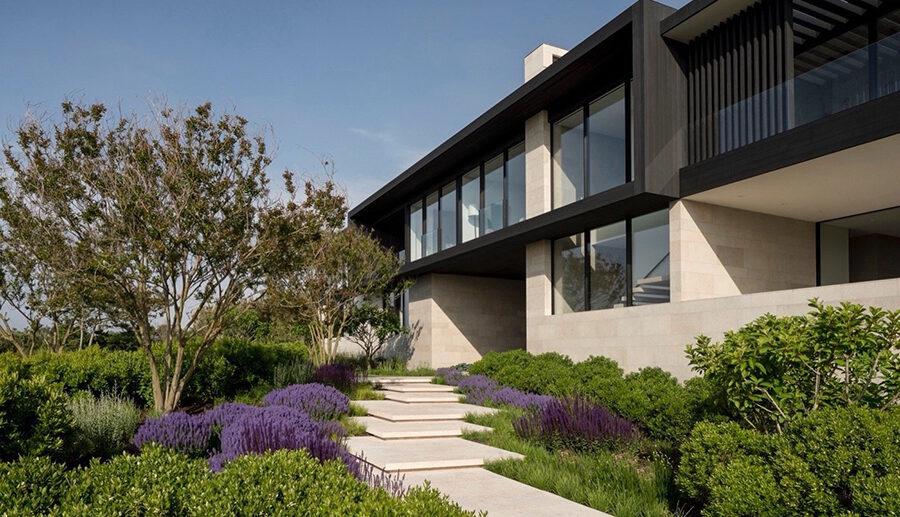
Introduction to Dune Meadow
Dune Meadow stands as a testament to the potential for new developments to catalyze substantial improvements in long-neglected ecosystems. Designed by LaGuardia Design Group, this project serves as a prototype for the restoration of sensitive coastal landscapes, offering innovative solutions to environmental challenges.
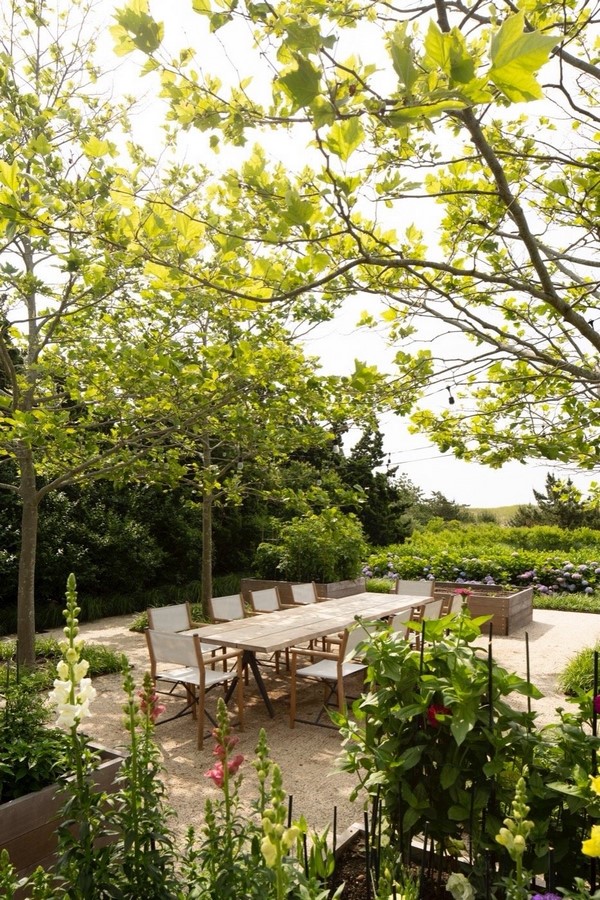
Addressing Ecological Challenges
Initially viewed as obstacles, the environmental issues inherent to the site were redefined as opportunities by the Landscape Architect. The design responds to the dynamic nature of coastal systems, offering solutions that enhance the resilience of the landscape while improving its visual and experiential qualities. In the face of ongoing climate change, the design provides a framework for the dunes and marshes to thrive as self-sustaining features, adapting to shifting contexts.
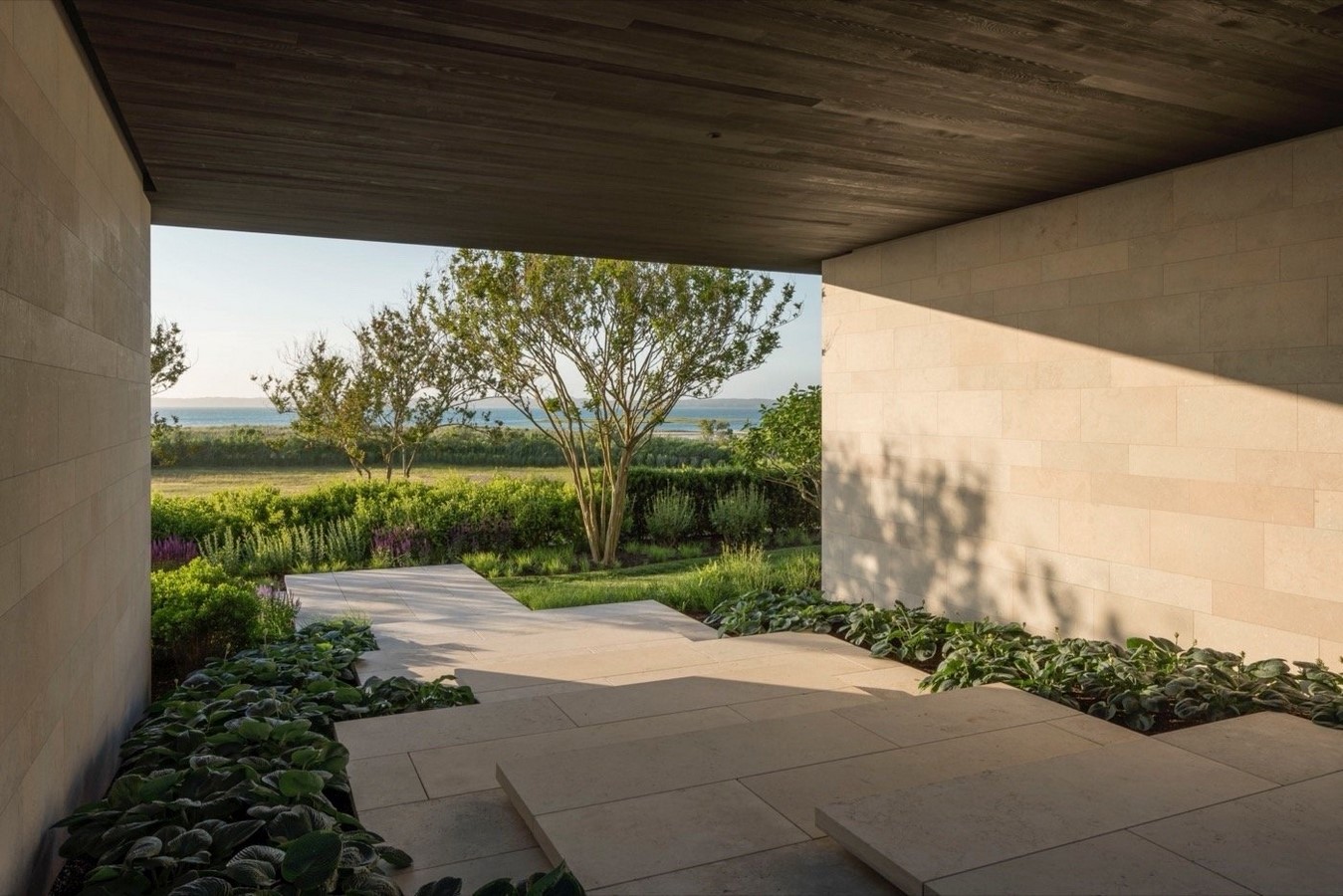
Ecological Context of the Site
Dune Meadow spans 5.5 acres along the oceanfront, comprising two distinct ecologies. To the north lies a one-acre tidal wetland, overgrown with invasive plants, while to the south, four acres of eroded dunes were degraded by coastal storms. The existing 60-year-old house exacerbated the situation by creating a barrier that trapped windblown sand, resulting in unstable dune structures.

Design Solutions
To address the challenges posed by the floodplain, the residence was elevated 12 feet above grade by FEMA, safeguarding it from future storms but disconnecting it from the landscape. Fill spoils from the house excavation were repurposed to physically protect and integrate the building with its surroundings. Native plant species were strategically incorporated, blending seamlessly with the tidal wetland and coastal dunes.
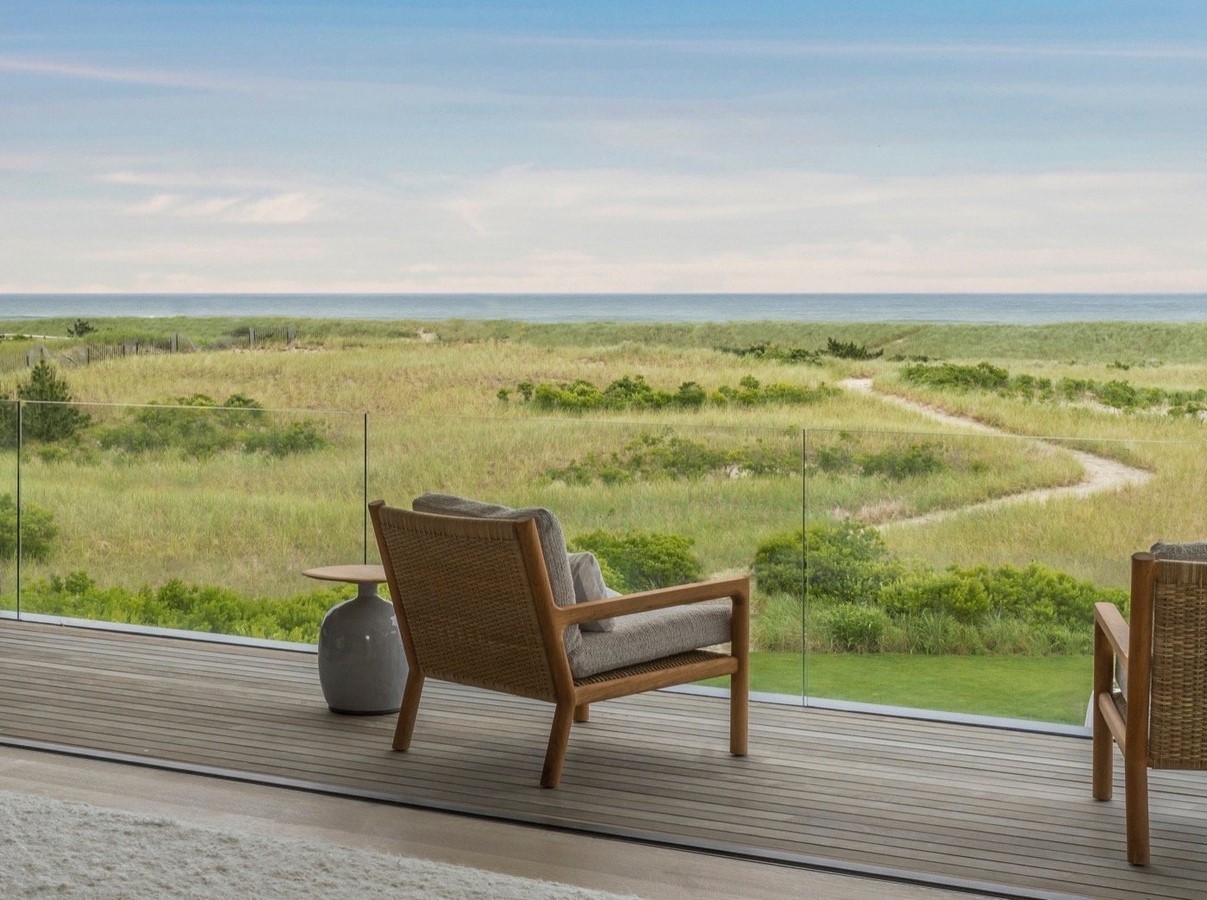
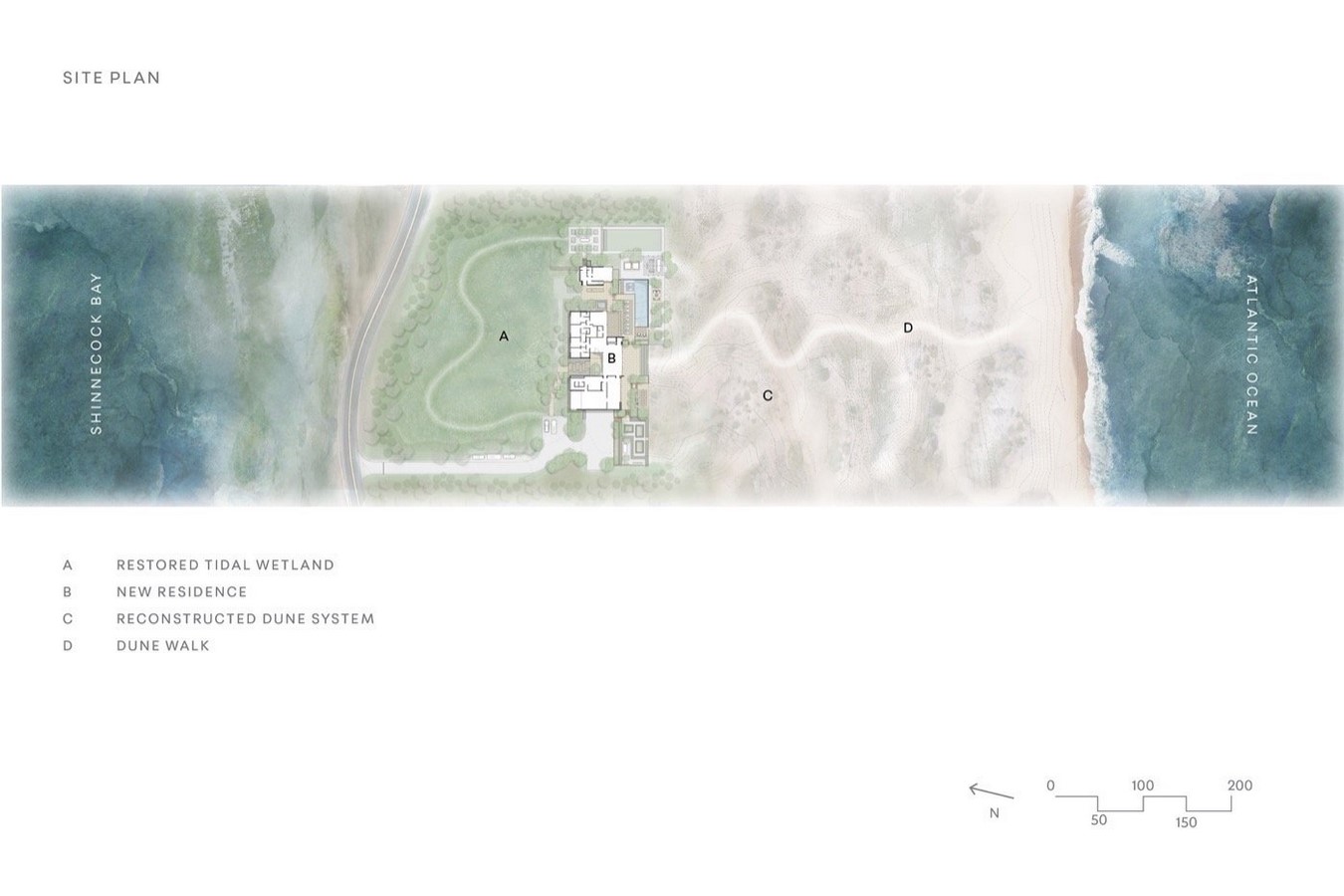
Restoration Efforts
The dunescape was reshaped using reclaimed beach sand, lowering dangerously high dune forms and replacing a dilapidated elevated walkway with a winding beach path. American Beachgrass and native shrubs like Beach Plum and Northern Bayberry were introduced to stabilize the sand and strengthen the dune system. Along the tidal wetland, invasive plants were replaced with native species, nurturing the wetland habitat.
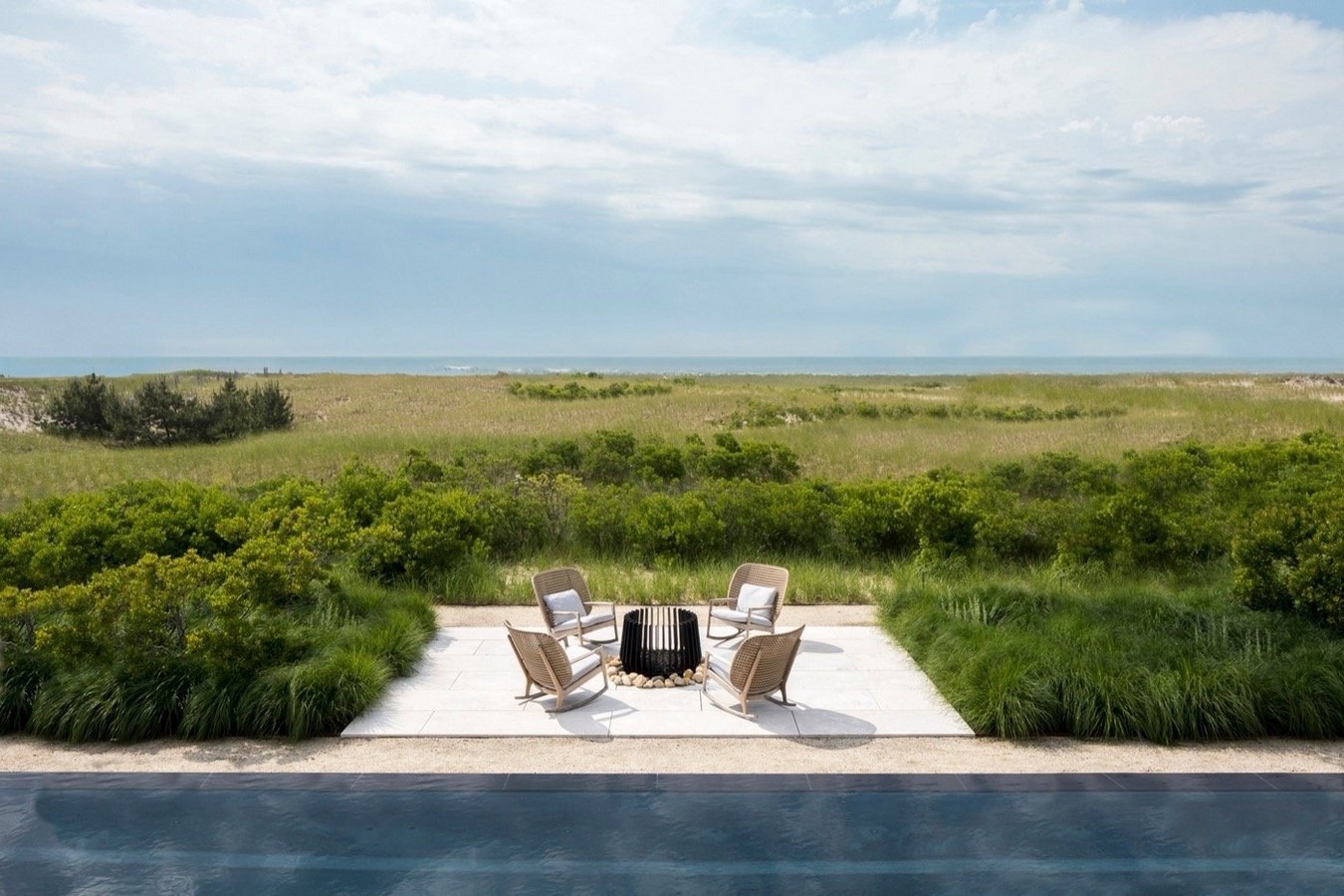
Enhancing the Landscape Experience
A concrete driveway and retaining wall were removed to preserve native plant communities, making way for a grass walking path that invites guests to immerse themselves in the native flora. These efforts not only restore the ecological balance but also enhance the overall landscape experience, expanding the potential uses of the property for both residents and visitors.


